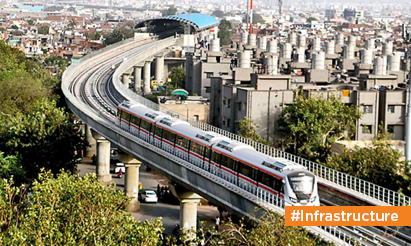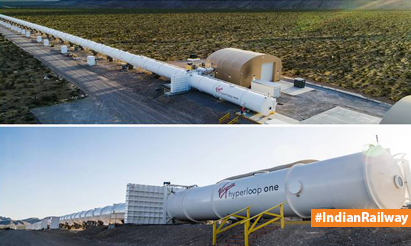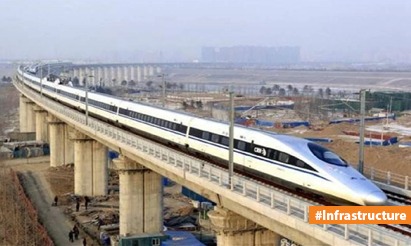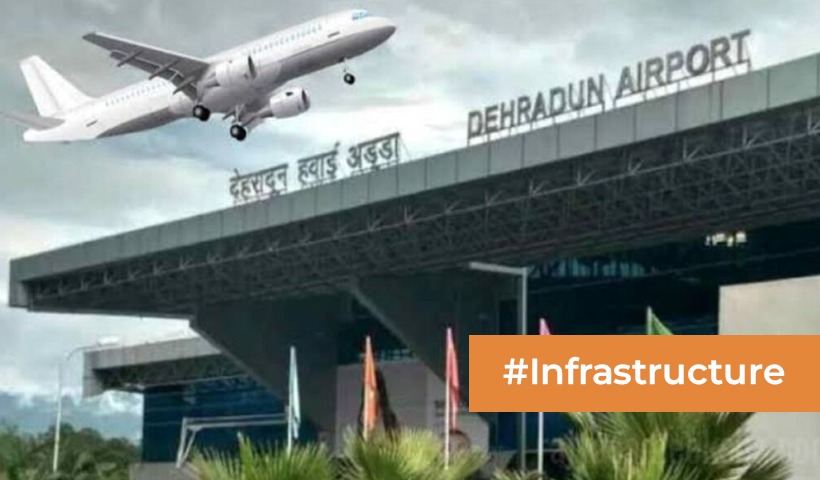Everything about the construction of the Chenab Railway Bridge
The joining of the two sections of the enormous arch is a significant step in the construction of the Chenab Bridge.
The new bridge is part of the Udhampur-Srinagar-Baramulla rail link project in India’s Jammu and Kashmir region, approximately 600 kilometers north of New Delhi. The project, which intends to facilitate travel to and from the region while also connecting the Kashmir Valley to the Indian Railways network, is nearing completion, with a projected completion date of 2022.The layout and construction teams completed the bridge’s arch across the Chenab River between Bakkal and Kauri in March of this year.
For all of the bridge designers and developers involved in the project, the Chenab Bridge represents a major accomplishment. The arch’s erection, an unforgettable occasion, exemplifies a masterful use of engineering expertise. The layout crew’s and contractor’s collaboration has been vital to the project’s success. The difficult circumstances that arose inside the company were dealt with as a group, helping the implementation of successful solutions.Most of the designers had been working on the project from its start in 2005, therefore the metallic arch components were linked in late March 2021, symbolizing years of commitment.The bridge has several layout challenges, including the use of a cable crane to raise the metallic arch, the bridge’s massive dimensions, and the unique layout requirements—arch redundancy, earthquake load, and blast load impact.
A suspension cable crane that could lift one 35-ton metallic block at a time completed the building of the metallic arch portions. The arch was built with the use of the cantilever technique. Metallic wires attached to the built foundations were used to hold the halves together on either side. All of the metallic blocks are fastened together using bolts. Steel truss pillars might be installed after the corresponding arch’s pinnacle. The bridge’s metallic superstructure could be released from all directions over the metallic truss piers, with the joining taking place within the arch’s center. Finally, railings might be installed on the deck to educate pedestrians.
The most difficult aspect of wind engineering was not the bridge’s size, but the location and altitude at which it was built. Standard models of wind and turbulence are unlikely to be realistic in severely rocky topography, so a new sort of wind tunnel testing was used to assess the design wind characteristics. The bridge’s wind engineering was done by integrating in-house wind engineering skills with FORCE Technology’s wind tunnel experiments in Denmark. A large-scale topography model of the bridge site was used in the first test. In the first test, a large-scale topography model of the bridge site was used. It revealed some surprising wind characteristics, including a mean wind velocity inclination of up to 11 degrees vertically and a wide range of turbulence intensity from 7% to 55% depending on wind direction.
Disclaimer: The views expressed above are for informational purposes only based on industry reports and related news stories. PropertyPistol does not guarantee the accuracy, completeness, or reliability of the information and shall not be held responsible for any action taken based on the published information.




